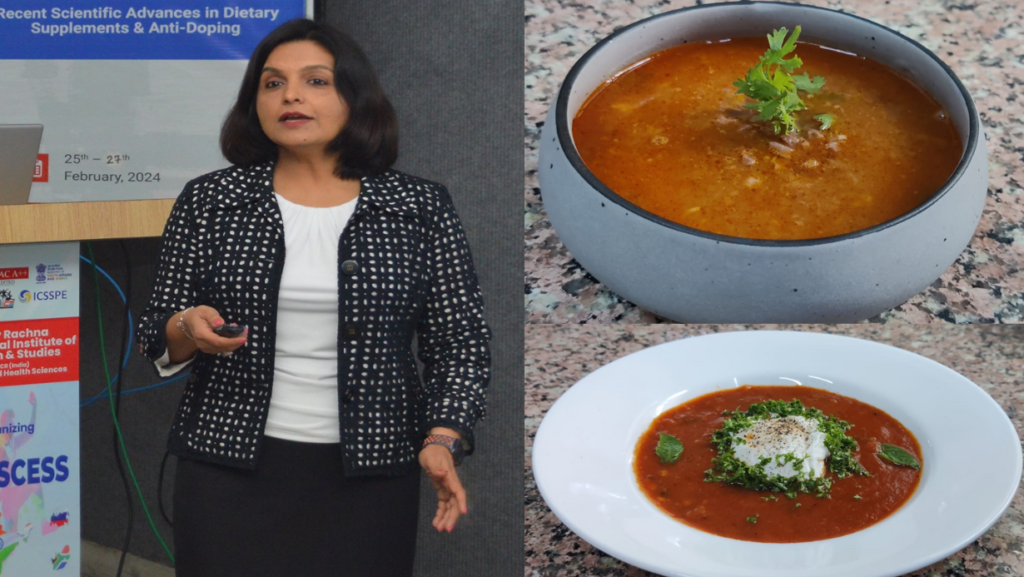
In the high-stakes arena of sports, the difference between victory and defeat often hinges on the finest margins. Nutrition is a crucial yet sometimes overlooked component that can significantly impact an athlete’s performance. Just as a car needs the right fuel to run efficiently, athletes require the correct nutrients to perform at their best. The foods they consume can either enhance their abilities, promote recovery, and prevent injuries, or hinder their progress and performance.
For the first time, the Indian Olympic Association has formed a 13-member medical team for the Olympics, led by orthopedic surgeon Dr. Dhinshaw Pardiwala. Pune-based Aradhana Sharma will be the chief nutritionist for the Indian contingent in Paris.
In an exclusive interview with Revsportz, Aradhana spoke about how nutritionists, like athletes, are leaving no stone unturned in their preparation for the Olympics.
To help athletes familiarise themselves with the menu expected at the Olympic Village in Paris, a special effort was made by offering a preview of the Village’s menu.
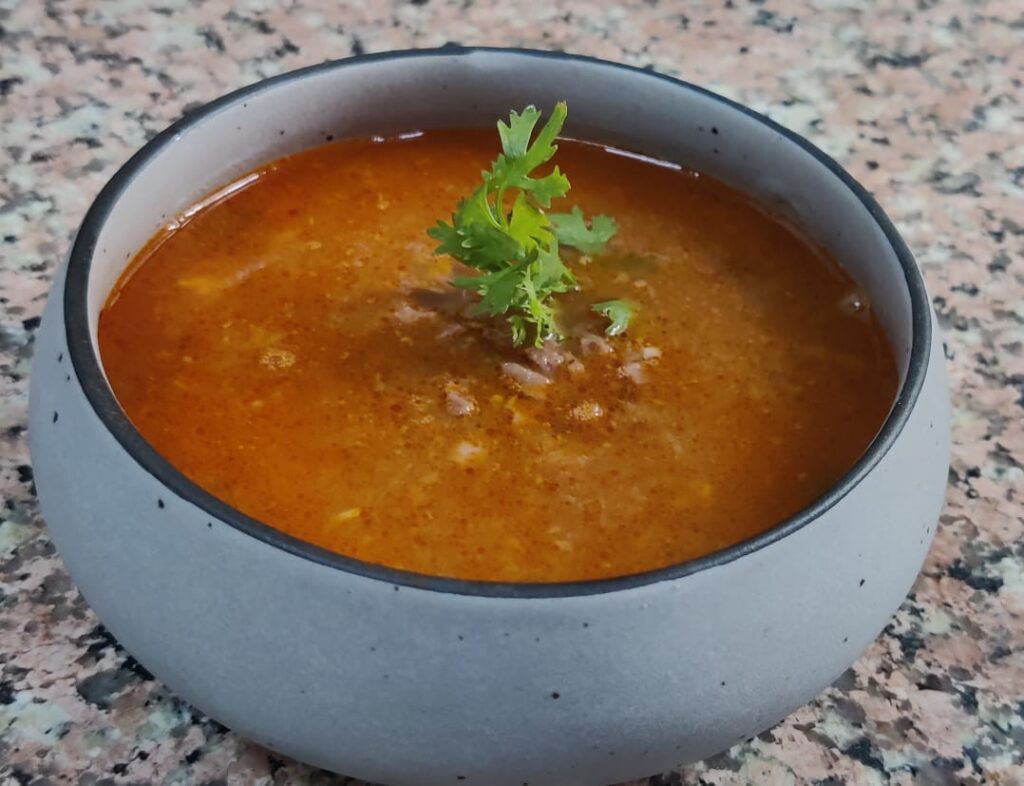
“We shared the food menus of the Olympic Village with athletes and their nutritionists. We have requested a few recipes to be tried with the help of chefs. I am happy to tell you that some recipes have turned out really well, and our athletes are already trying them. This is just to make them familiar with what they can expect at the Olympic village. The chefs are really good and understand international cuisine, so they did an excellent job preparing these dishes. These are some of the small steps we are taking to support the athletes. With these efforts, athletes can become familiar with the flavours and dishes they will encounter, reducing the chances of any unwelcome surprises,” Aradhana explained.
Nutrition-rich recipes such as Lamb Lentil & Tomato Soup, Grilled Tofu, Shakshuka (a dish consisting of eggs poached in a spicy tomato sauce with vegetables), and Peas & Mint Soup (cold) were prepared with the help of chefs at the NIS Patiala Sports mess.
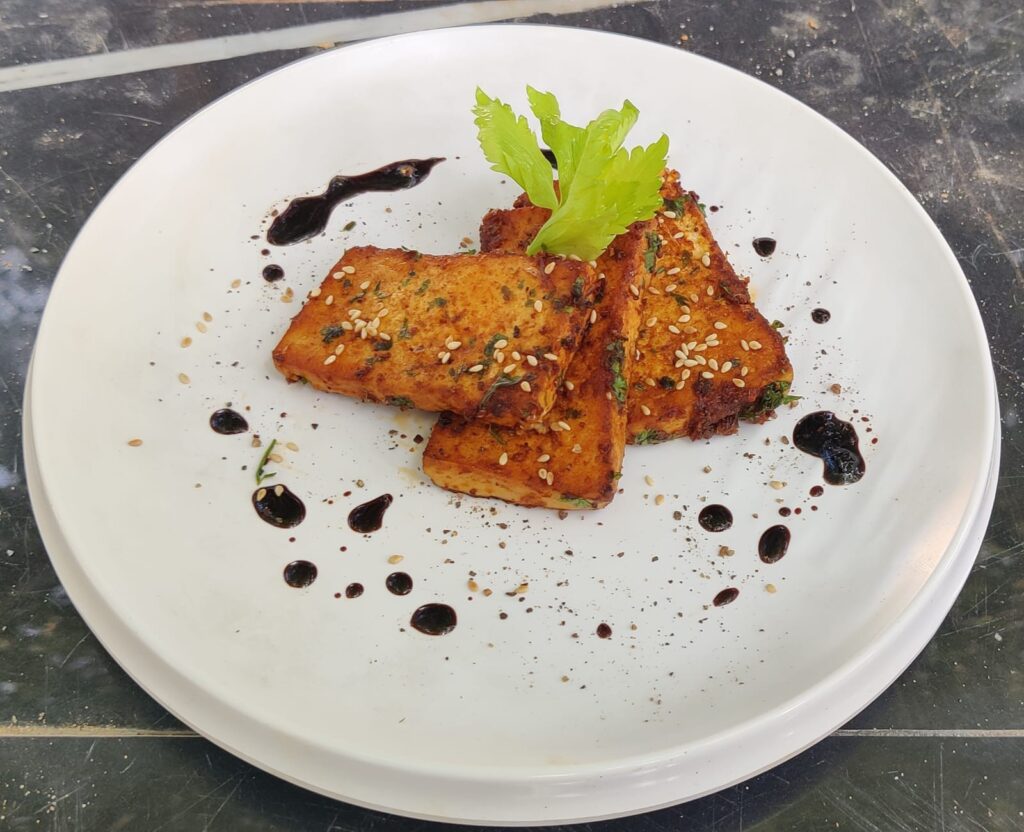
When asked about tailoring diet plans for athletes during Olympics, Aradhana emphasised: “We can’t wait until we reach the Olympic village to make the plan. We have already started interacting with several athletes. We visited their national camps and went to Panchkula, Haryana, where the inter-state athletics competitions were happening because many Paris Olympics qualified athletes were participating there. At this time, we are more focused on coordinating with the nutritionists to tailor the programme for their athletes regarding what they will be eating at the Olympic Village. The Olympic Village menu has been shared with all the athletes and their nutritionists,” Aradhana informed.
The menu at the Olympic Village is impressively diverse, divided into four ‘districts’ — World, Asian, French, and Halal — providing a wide range of choices, including many plant-based options. Each district will have an eight-day rotational menu for breakfast, lunch and dinner.
When asked if there’s Indian food on the menu, Aradhana replied: “In the Asian district, there will be some Indian food like lentils, vegetable biryani, and butter chicken. However, these items won’t be available every day; they are scheduled on certain days. The menu we prepared and shared with athletes is colour-coded to indicate which items are Indian. This way, athletes can choose the food they want.”
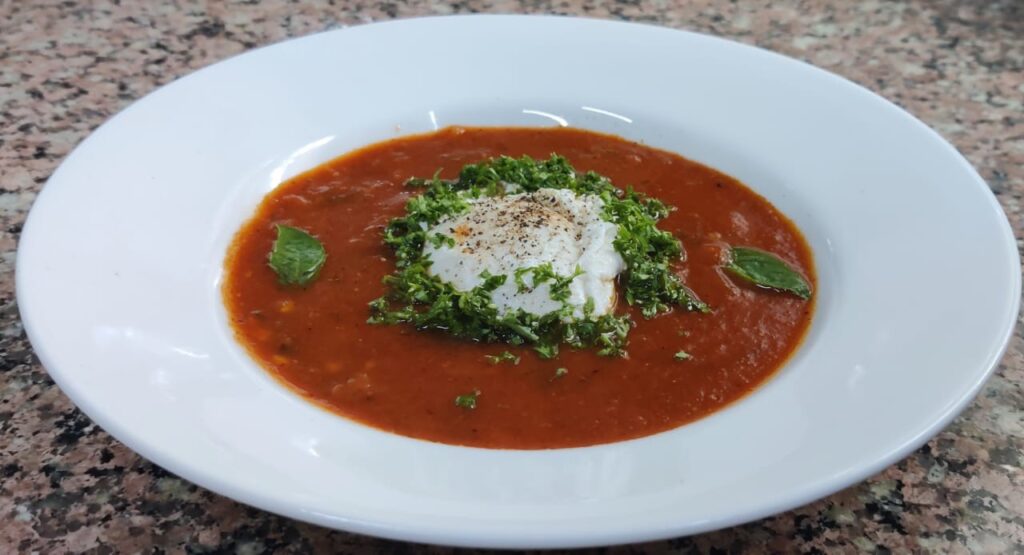
In impact sports like boxing, not every boxer competes daily. After winning their first round, there’s typically a gap of at least one or two days before their next match.
Regarding how a boxer’s diet changes during this recovery period after the bout and leading up to the next one, Aradhana explained: “We are mindful of their pre-fight and event diets, making slight adjustments without last-minute drastic changes. The primary concern is their immediate post-bout recovery, crucial to capitalising on their effort. We ensure they receive the right balance of electrolytes, carbohydrates and proteins immediately after their fight. The approach varies depending on their next bout schedule — whether in two or three days — and their training regimen during this period. Some boxers may train lightly, while others may push themselves harder. Accordingly, we adjust their calorie intake to match their energy expenditure. For those resting between bouts, we carefully monitor their calorie and fluid intake to support optimal recovery and ensure they receive essential macro and micronutrients. This holistic approach ensures their bodies recover effectively and are adequately fuelled for peak performance when they step into the ring again.”
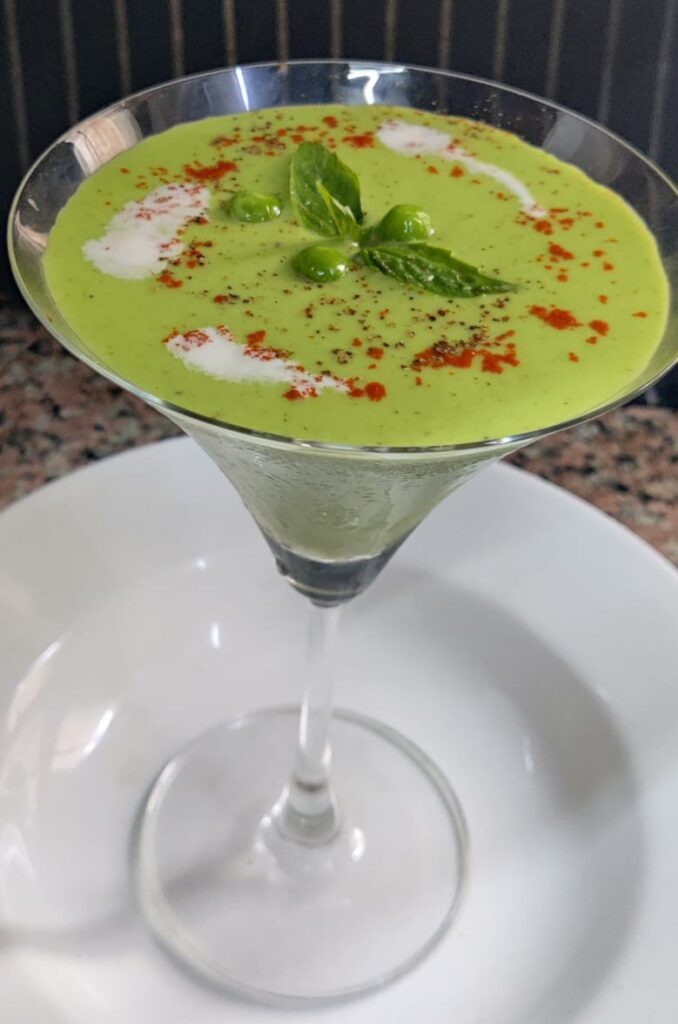
When asked for recommendations for athletes in precision sports like shooting and archery, where mental focus is paramount, Aradhana said: “We suggest foods like walnuts and berries, excellent for brain function and focus. This approach ensures athletes maintain mental sharpness without excessive calorie intake.”
Regarding the response from athletes, Aradhana remarked: “Many athletes said, ‘Wow, this is the first time we have such support’. The presence of a dedicated nutrition team brings a new level of confidence and comfort to the athletes, knowing they have expert guidance readily available.”
The Indian contingent comprises 113 athletes, who are expected to reach Paris between July 18-20.




